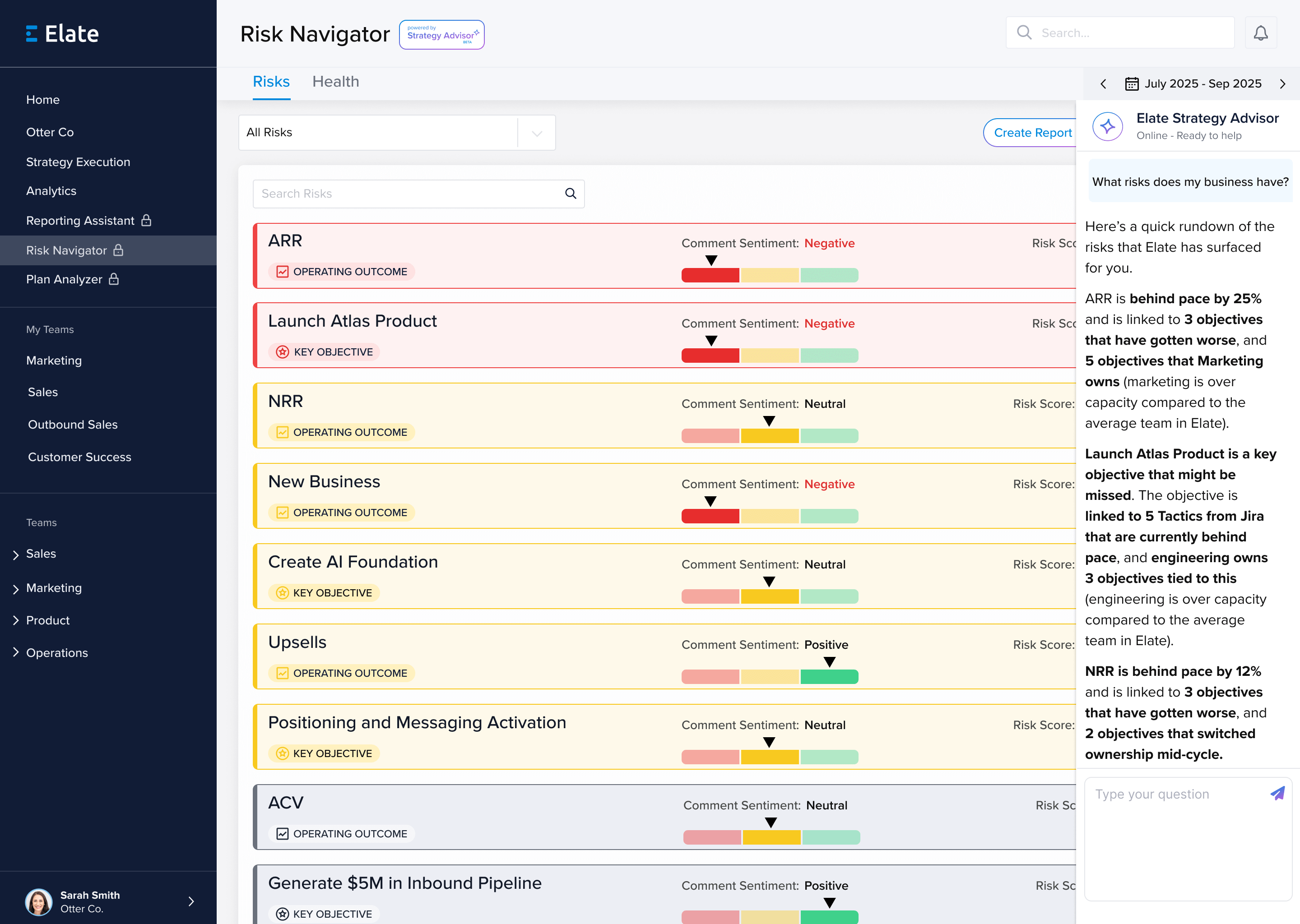Today, business is more competitive than it ever has been. Therefore, it is important for every business to make sure that they take steps to make their business operations as efficient as possible. This is where operations management solutions can come in handy. Operations management solutions are designed to provide businesses with all the tools they need to make quick, accurate decisions regarding their business processes, and when it comes to software, there are a number of tools that should come with this package.
Many factors and moving pieces need to come together in order to create high-quality solutions to operations management needs. For instance, in addition to the right software program, businesses will need to put the right dashboard in place. Ideally, a dashboard should provide businesses and business leaders with all the information they need in order to make quick decisions, right at their fingertips. Depending on the user, the industry, and the department in which a dashboard will be used, there are a number of different metrics that could be included on it. Examples include the cost of customer acquisition, profit margins, overhead expenses, and customer satisfaction scores, among many others. Furthermore, the right software program should be able to customize dashboards to meet the needs of the users actually utilizing them.
In order to complete the package of a good operations management solution or software, this ideal dashboard will need to be combined with the right people, the right data, and the right processes. In this manner, operations management software should have a relatively short learning curve, allowing people to use it effectively after just a brief training and learning period. When it comes to operations management solutions, it is important to remember that the goal of these solutions is to allow businesses to operate more efficiently, and this should be true from the get-go. In this way, managers and other business leaders will be able to make decisions relatively quickly, allowing them to maintain an edge over their competition. With this in mind, it is important to take a look at more specific examples of how management software programs can be helpful.
Business Operations Software
When it comes to operations management tools, one of the most important is business operations software. This type of software has gotten much better during the past few years. Now, no matter what industry, department, or role a user works in, business operations software can be helpful. That is, these solutions are no longer as limited as they used to be.
For example, some people might work in operations and supply chain management. This is the logistical arm of the company that is responsible for coordinating deliveries and other shipments, both incoming and outgoing. Here, business operations software can be used to make sure that everyone stays on schedule and operates efficiently in order to provide deliverables at the times promised.
Those who work in advertising can also benefit from business operations software. This type of software program can be used to monitor search engine optimization (SEO) campaigns, pay-per-click (PPC) campaigns, and customer satisfaction scores, among other things. These are all important metrics in marketing, and any solution that will help automate tracking and ranking them will prove very welcome to busy marketers.
Even an accounting department can benefit from business operations software. Just as examples, this type of software can be used to monitor regulatory compliance, manage tax exposure, and make sure that deductions and credits are applied appropriately. This type of software can also be used to conduct internal audits, ensuring that the business remains compliant with the latest tax regulations.
These are just a few of the many departments and business units that will be able to benefit from business operations software. Given its many benefits, then, savvy businesses should consider it critical to identify multiple software programs that they might be able to use, and from there, they can then tailor the selected software program to meet their unique business needs.
Functions of Operations Management
When it comes to managing a business today, there are many moving parts that need to work together. Only if all business units, processes, and parts are functioning cohesively, will a business be able to compete successfully in today’s marketplace.
With this reality in mind, it is also crucial to take a closer look at the function of operations management. When it comes to operations team roles and responsibilities, it is important to note that many large companies have a specific operations department. Even when smaller businesses might not have a specific operations department, though, production and operations management will prove to be critical.
Production and operations management software can bring together the multiple pillars that need to work together to support a business. As business leaders are no doubt aware, some of the most important pillars include accounting, finance, marketing, sales, and human resources, or HR. If these departments are operating in a disjointed manner, this makes a business more vulnerable, making it harder for it to compete for customers, sales, and revenue.
Production and operations management software can help address these concerns by automating many of the business processes that were once completed by hand. Furthermore, this kind of software can also be used to set up a management dashboard that can be customized to meet the needs of every department. This will make it easy for different managers to take a look at the information that is relevant not only to their department but also to other departments as well. This in turn will make it easier for all departments to work together, staying on the same page as they move the business forward.
Operations Management Examples
When it comes to operations management examples, it can be helpful to take a look at specific operations management techniques. By following the most efficient or productive principles, any savvy business can improve their ability to handle operations management.
One of the first principles that businesses must follow is to follow the lead of their customers. Businesses need to know what customers buy, how they use their purchases, and what their expectations of these products and services are. By knowing and referencing this information, businesses will be able to better meet the needs of their customers.
It is also critical for the operations team to make sure that all business equipment is appropriately maintained. Running a business isn't just about making money, but also about spending as little of its own funds as possible in the process. In order to reduce overhead expenses, it is important to make sure that all equipment is maintained on a regular basis. In this way, it will last as long as possible.
Another major principle of operations management involves competition research. Businesses need to make sure they know who their biggest competitors are; this will help them to understand what they are up against, and they can even adopt high-performing strategies they see the competition adopting.
In order to appropriately apply these techniques, it is important to look at multiple examples of operational software. By understanding what options are available, companies will be able to take a closer look at the features they may need in order to run effective operations.
Operations Management System
In order to run an effective operations management system today, there are many moving parts that need to work together. Some of the pieces of an operations management system diagram include people, tools, and data inputs. Everyone, from the business’s executives all the way down to individual employees, needs to be involved. In addition, there are multiple tools that must be used appropriately in order to run an effective operations system, and this includes software programs, data models, and analytics. By using the right data inputs, everyone across the business will be able to access the information they need in order to perform their own roles more quickly and accurately.
This is where operations management system software can be helpful. Since there are so many moving parts to manage, it can be hard for people in different business units or departments to stay on the same page. Using the right software program, though, everyone will have access to the information they need to oversee processes, keep in touch with others, and make quick, informed decisions.
Operations Management Models
It can be hard to coordinate business operations today, given the number of people and processes involved, but this is another area where operations management models can be helpful. Luckily, there are also many types of operations management models.
Depending on the department in question, there are different models that could be employed. For example, some might use a product management model, which is usually tailored to each individual product or service the company provides. Meanwhile, others might use a supply chain model, which is particularly important for logistics departments in order to make sure that orders are being protected, handled, and delivered appropriately. Forecasting models are also important, since forecasting can be used to anticipate demands that might rise and fall over the course of the year. Scheduling models are also important, as a means of making sure that there are enough employees available to cover each individual shift.
One overarching model that companies might use is called the lean Six Sigma model. This model is designed to help companies identify areas where resources are being wasted. Then this waste can be eliminated, allowing companies to redeploy their resources more efficiently.
Thus, while there are lots of different models available, each meets different needs and most businesses use more than one model in order to make sure that their needs are being met in various places.
Operations Management Software
Ultimately, the main thing to consider is that businesses need to make sure they are getting the most out of whatever operations management system they use. This is where operations management software is helpful, since it is designed to provide people with the information, tools, and insights they need to make decisions regarding their business operations. With the right data at their fingertips, business leaders will be able to make accurate decisions quickly and effectively, and as a result, managers and leaders will be placed in the best possible position for success.
Whether this involves human resources (HR), logistics, marketing, or sales, every business and every department can benefit from operations software. It is important for savvy businesses to take a look at the benefits and drawbacks of each individual software option. When the right software system is employed, companies can use their resources more effectively, save time on daily operations, and place their employees in the best position possible to be successful. In a marketplace that is more crowded and competitive now than it has ever been before, it is critical for business managers to leverage every tool available, and this certainly includes business operations software.











